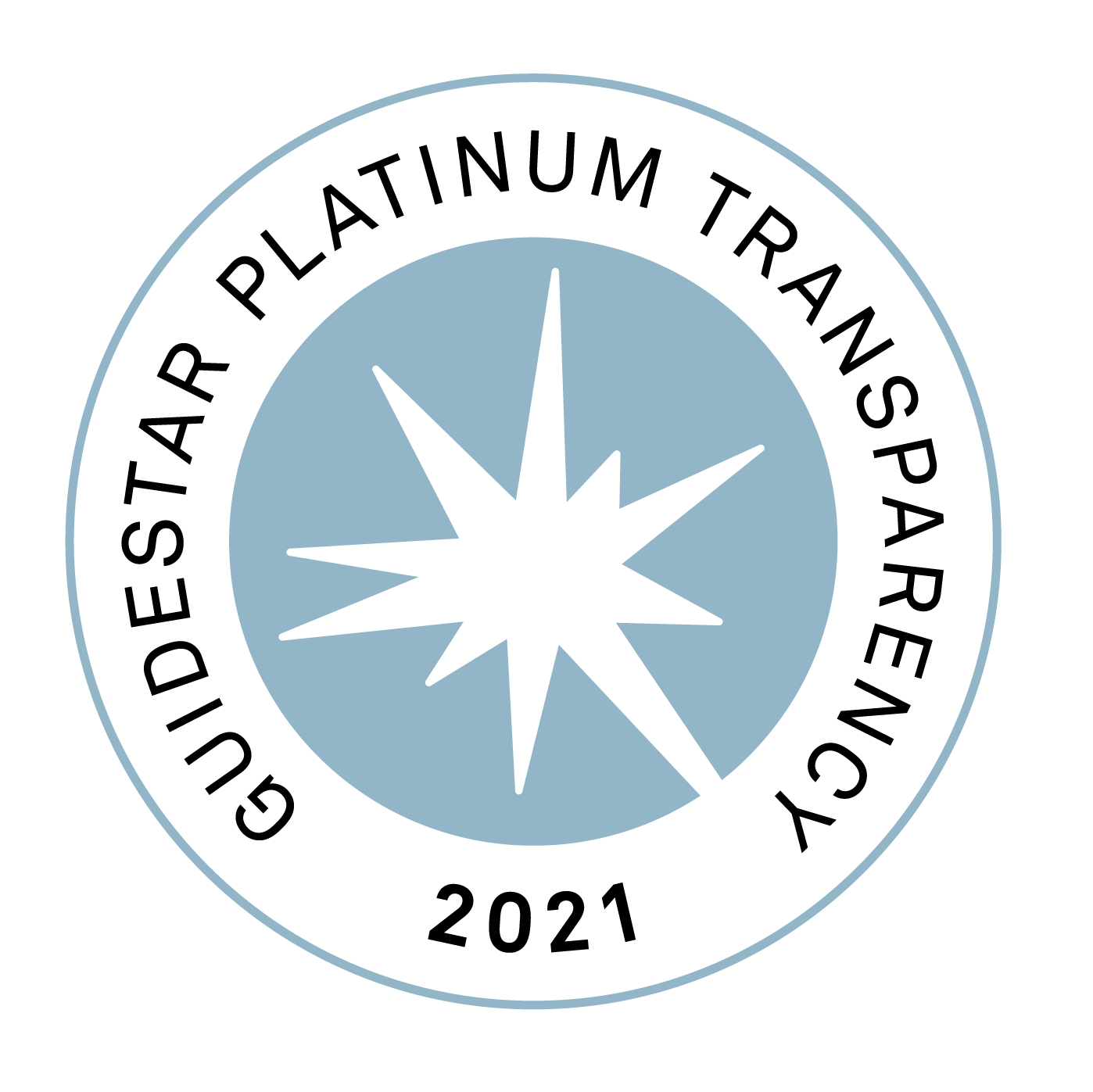
UNFCCC REDD+ Sovereign Carbon should form part of corporate climate mitigation portfolios, argue Kevin Conrad and Alistair Mullen
October 3, 2022, New York
A corporate decision to allocate capital toward climate mitigation outcomes is becoming increasingly complex.
The ultimate objectives are to maximize climate mitigation potential while minimizing key climate risk exposures.
COP26 delivered meaningful clarity on the international framework for trading carbon under Article 6 of the Paris Agreement last November in Glasgow.
From a corporate risk management perspective, it's now imperative to understand this transition and hold assets that are compliant with the Paris Agreement.
Corporate purchases of voluntary carbon credits are evolving away from purchasing verified credits generated from a voluntary 'project' approach. The limitations of a 'project' approach for land and forests (AFOLU), namely netting (leakage) and adjustments (double counting), have been addressed by the Article 5 of the Paris Agreement.
Now, considering the Article 6 'Rule Book', the risk that voluntary 'project' investments fall outside of the Paris Agreement is significant.
The probability of stranded 'paper' carbon assets under the 'project approach' has increased exponentially, given Honduras' and Papua New Guinea's Voluntary Carbon Market Moratorium and Indonesia's delay in crediting vintage years 2021 and beyond.
The Sovereign Approach
The UNFCCC REDD+ Mechanism verifies sovereign carbon reductions and removals achieved by forest lands.
This provides a transition to Internationally Transferred Mitigation Outcomes (ITMOs), carbon that can deliver at the scale and velocity dictated by the latest science.
This has been corroborated by the IPCC, which cites UNFCCC REDD+ as the largest potential mechanism for reducing Agriculture Forestry and Other Land Use (AFOLU) emissions: (20-24%) of global emissions.
UNFCCC sovereign carbon provides the de-risking solution increasingly required by corporates.
3 Key Risk Considerations:
For a climate mitigation outcome, we believe there are three key risk parameters for corporates seeking to optimize a carbon credit portfolio:
- Alignment with the Paris Agreement
- Carbon Return of Capital Allocation
- Broader Purpose of Capital Allocation.
1. Compliance with the Paris Agreement
"Paris Agreement Compliance" has become a necessary part of the climate lexicon.
We propose a checklist approach, that will evolve into formal carbon ratings methodologies in due course.
Paris Agreement compliance will become one of the key corporate climate risk metrics.
The Checklist Approach is derived from the Paris Agreement decision and their resulting definitions.
For land and forests, Article 5 and the Article 6.2 of the Paris Agreement determine ITMO are:
- Real, Verified and additional
- Emissions Reduction and Removals
- Measured in tCO2e consistent with countries' NDC
- Authorised for use towards an NDC
- Vintage 2021 onwards
- (Correspondingly) Adjusted
- Avoid Leakage
- Part of Global Accounting system.
The UNFCCC REDD+ Sovereign Carbon approach is fully compliant with Article 5 and Article 6.2
2. Carbon Return of the Capital Allocation
The Carbon Return of the Asset should ideally create carbon leverage and drive a carbon multiplier.
This will be a key part of the journey to ITMO as the tools and metrics develop to allocate capital with carbon leverage.
Several CfRN nations are net sequesters of carbon and current carbon crediting methodologies do not recognise or reward this.
As metrics for evaluating carbon leverage evolve, the sovereign carbon asset class will benefit.
UNFCCC REDD+ Sovereign Carbon Credits commit to 100% of investment monies, minus standard transactional fees, directly deployed onshore with a dedicated, audit climate fund set up in each of the Host countries by EY.
This compares favourably with the 'project' approach where opacity is common and large fees are taken by project developers.
Climate finance is finite, we believe corporate and the planet are best served with maximum transparency around capital deployment to the source.
3. Broader Purpose of Capital Allocation
UNFCCC REDD+ Sovereign Carbon, or REDD+ Results Units (RRUs), will become a key part of the financing of the Glasgow Leaders Pact on Deforestation.
Pledges without finance fail. Pledges with sufficient aggregated capital turn into action.
The corporate climate mitigation portfolio should ideally be part of such a broadly accepted cause.
UNFCCC REDD+ RRU Generation
United Nations Framework Convention on Climate Change
Kevin Conrad is executive director of the Coalition for Rainforest Nations. Alistair Mullen is its head of Rainforests Capital Markets.
This article was originally published in Environmental Finance in September, 2022'


